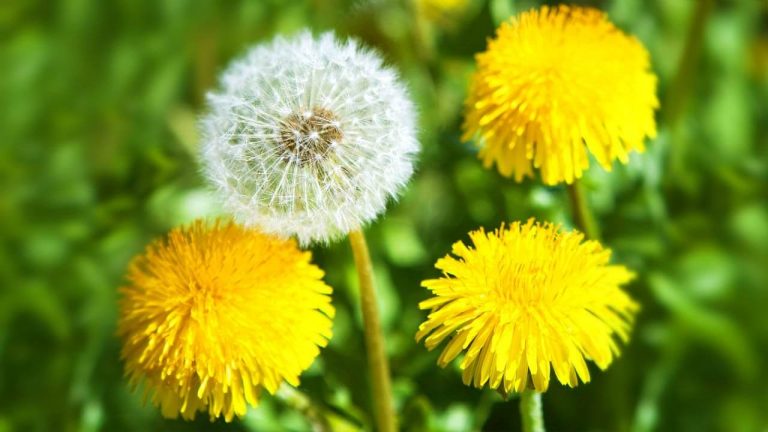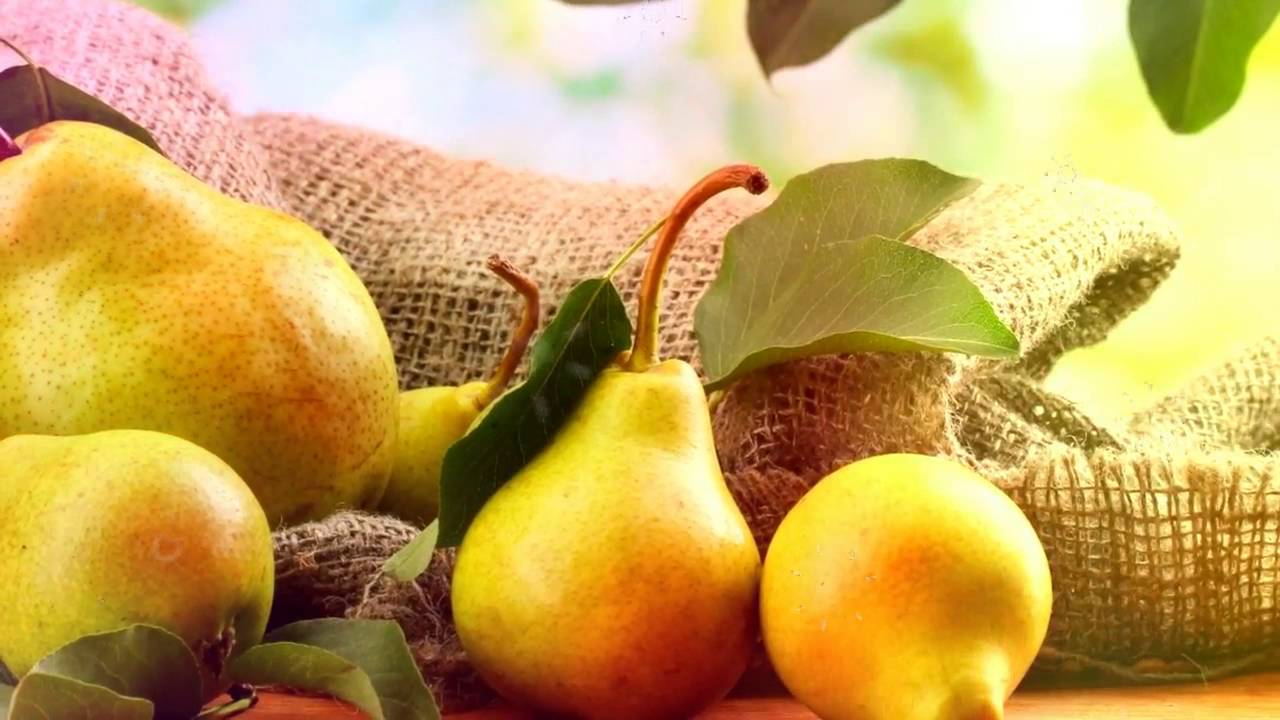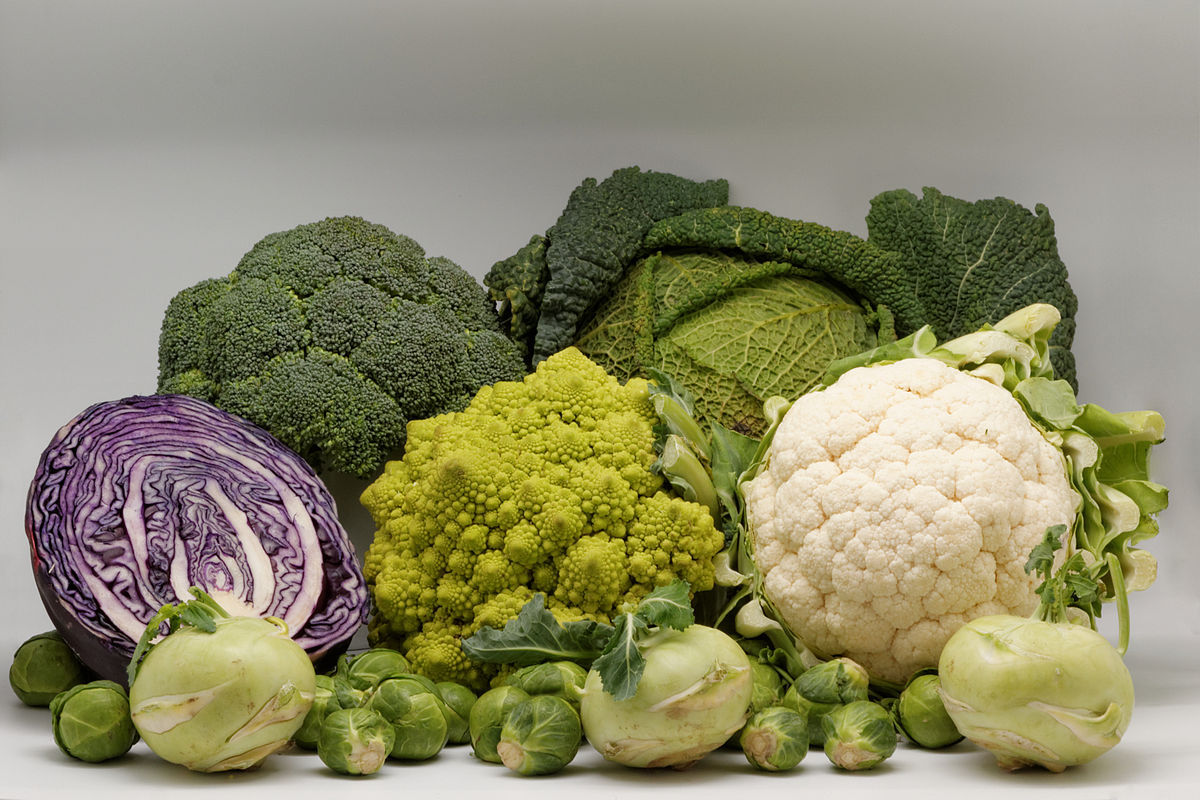Flowers can be grown not only in the garden. Many of them grow successfully on the kitchen window. Moreover, they are not only beautiful but also edible. They can be used both to decorate dishes and to add new exquisite flavors to them. Therefore, such a vitamin garden will not be superfluous in any apartment.
Chrysanthemum (vegetable variety)
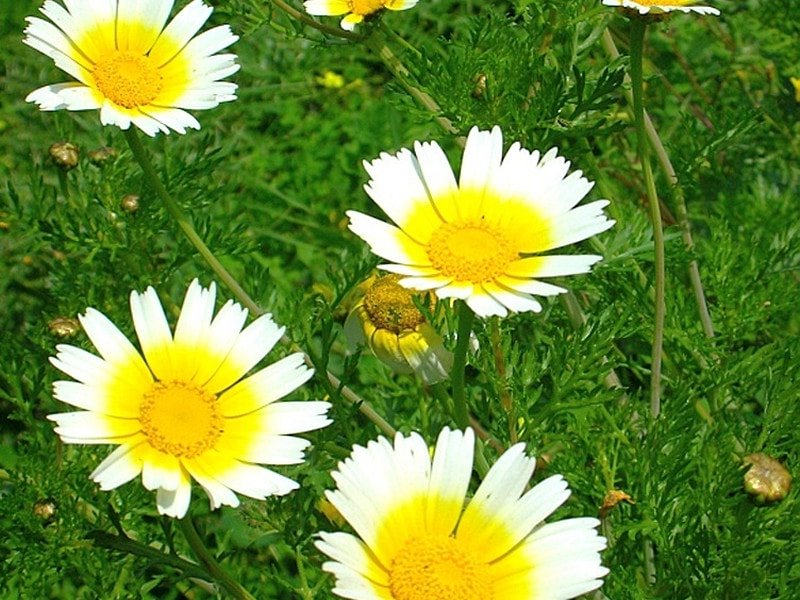
Flower vegetable varieties are grown in the East: in China and Japan. But gradually it becomes popular in other countries as well. The edible chrysanthemum looks like a chamomile. It has a strong root system, a strong stem with carved leaves and small yellow flowers with white petal tips. The plant loves light and warmth, fertile land. Care is very unassuming.
The most popular qualities of a flower are: slowing down the aging process, increasing appetite, saturating the body with vitamins. It is useful to eat raw chrysanthemum shoots and leaves. The dried green parts of the plant are added to the first and second courses as a seasoning.
Calendula
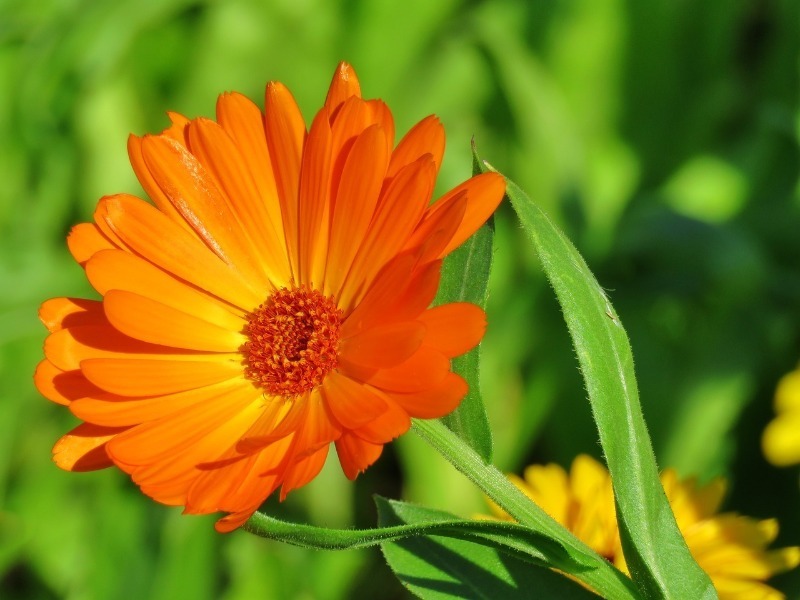
Affectionate folk name of the plant is “marigold”. This flower, with its pleasant yellow color, will greatly enliven your kitchen. It can be used not only for medicinal purposes, but also for food. For southern peoples, this is a familiar spice. It is added to pilaf to enhance the yellow color of rice and make it easy to digest.
Calendula syrups, liqueurs, sweet pastries are not complete. Petal tea helps with insomnia and prevents colds. Often, marigolds are substituted for expensive saffron in dishes - after all, the effect is the same.
It is not difficult to grow a plant, it is undemanding, every year it sprouts by self-sowing and blooms for a long time.
Dandelion
This ubiquitous flower is considered a weed. But despite this, it is very useful. Dandelion leaves, especially young ones, are quite edible. They can diversify the taste of vegetable soups, salads.
Many people dislike the bitter taste of the leaves. You can get rid of it by keeping them in salt water for half an hour. Jam or wine is made from dandelion flowers. For example, in France, the plant is grown as a vegetable garden. And since it grows in any soil, it is not difficult to grow it in a pot.
Pansies
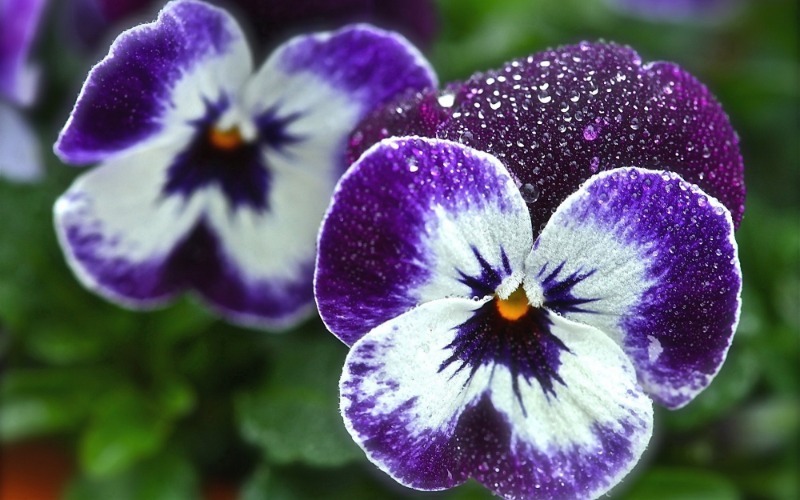
Familiar pansies will add a pleasant mint flavor to familiar dishes. Inflorescences can be added to salads, and can be used to decorate cakes, pastries and desserts with candied petals. They are rich in vitamin C and antioxidants.
The flower grows well not only in the sun, but also in the shade. It is easy to grow, it only requires regular watering.
Anise hyssop
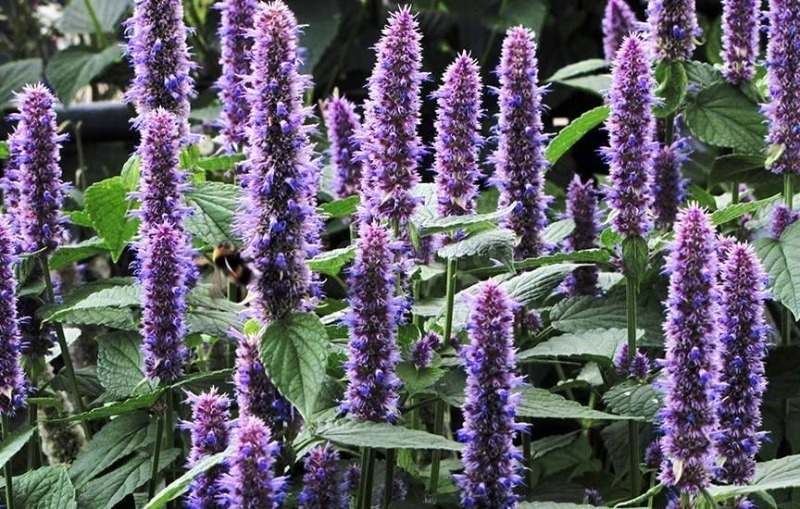
An unpretentious seasoning is grown by seeds, seedlings, and cuttings. She needs loose soil and timely watering. Hyssop improves the functioning of the stomach and intestines, has an anthelmintic effect.
The spice is appropriate for both meat and vegetable dishes, and is also added to drinks. It is better to use young leaves and shoots, because over time they become coarser and less pleasant to the taste.
Day-lily
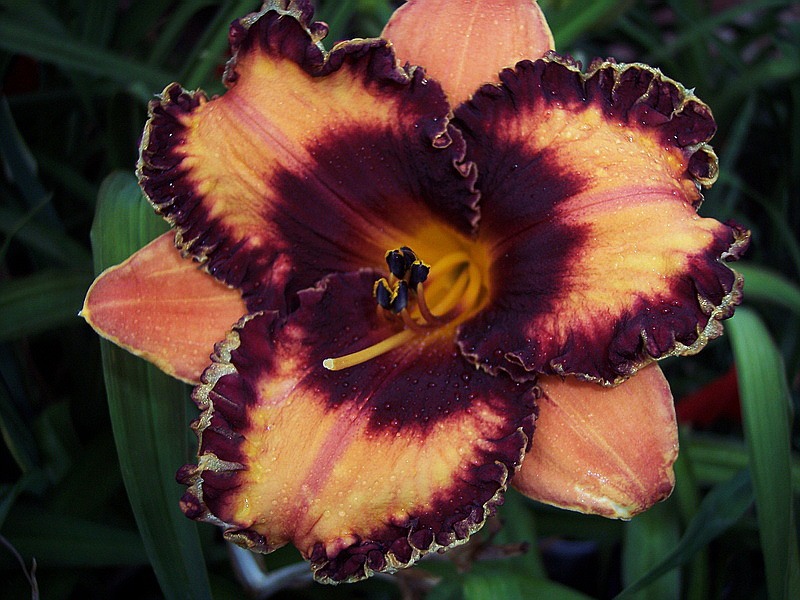
Also from the East came the tradition of eating daylilies. Almost all parts of the plant are edible. In China, leaves and stems are made into salad, the roots are eaten raw or stewed. But the main delicacy is the large flowers. They are pickled like cucumbers, stuffed with meat and vegetables, fried in batter.
The faded flowers are harvested in the evenings, so you can admire their beauty during the day and dine with a delicacy in the evening.
Pumpkin flowers
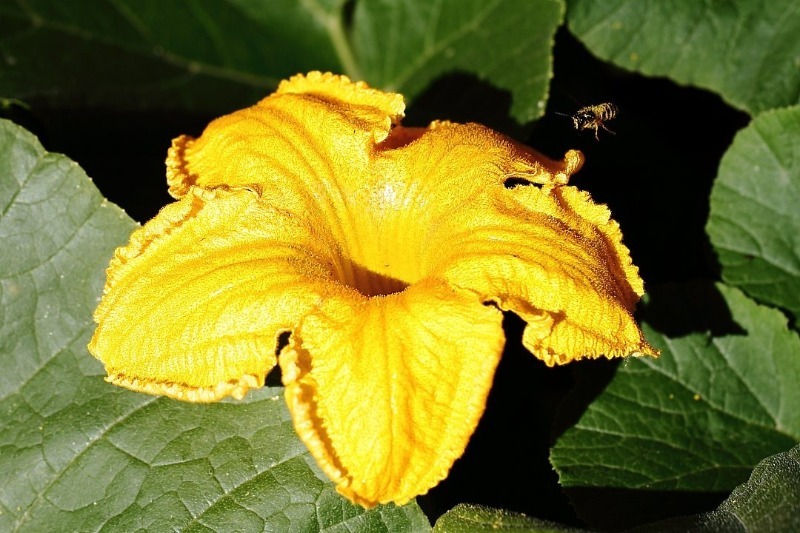
The large flowers of pumpkin plants are used for food all over the world. They are especially popular in North America, Mexico and Italy. Some supermarkets sell them along with potatoes and cabbage. Pumpkin flowers are considered a dietary product, easily absorbed by the body. A popular dish is flowers in batter or stuffed with tomatoes and cheese.
The plant can be grown at home if you have enough space for this. The pumpkin grows quite strongly. For more flowers, the lashes can be pinched to form side shoots.
Nasturtium
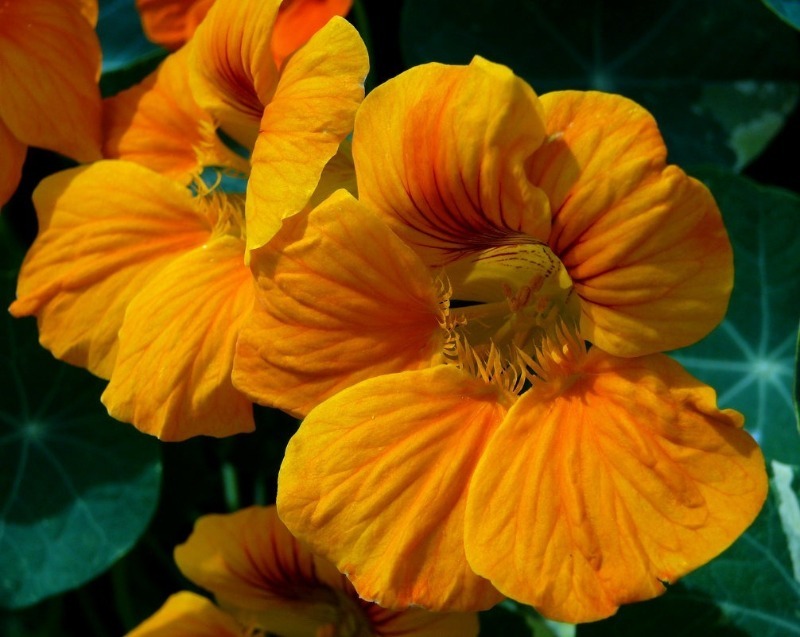
Nasturtium can be successfully grown at home as a salad crop. All parts of this plant are edible and delicious. Its delicate leaves, which taste like mustard or rucola, are added to salads. But in general, all parts of the plant are edible. The piquant taste of leaves, flowers and especially seeds is due to the large amount of essential oils. Sandwiches are decorated with petals to give them a pleasant appearance.
You can grow nasturtium on a balcony or on a windowsill in containers. She is undemanding to conditions and very smart. In addition, the plant is useful for memory, immunity, heart and liver function.
Fine marigolds
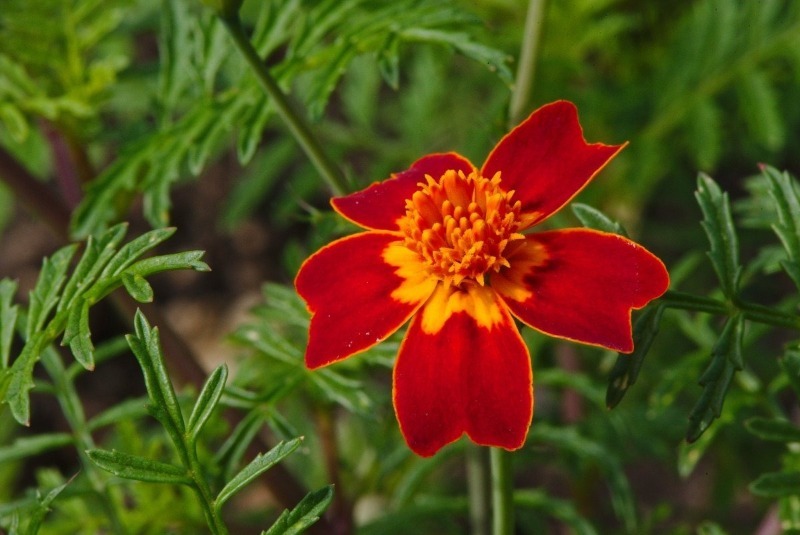
Everyone knows marigolds, which can often be found in flower beds and summer cottages. But not such flowers are used for food, but with thin yellow and orange petals. They are smaller and only two varieties are edible. For the citrus aroma they exude, they were named "Lemon Jam" and "Mandarin Jam". These types of marigolds are unusually graceful and pleasant, they will serve as a wonderful decoration for the house.
In addition, their petals can be added to fish, poultry, pastries, compotes.
Borage
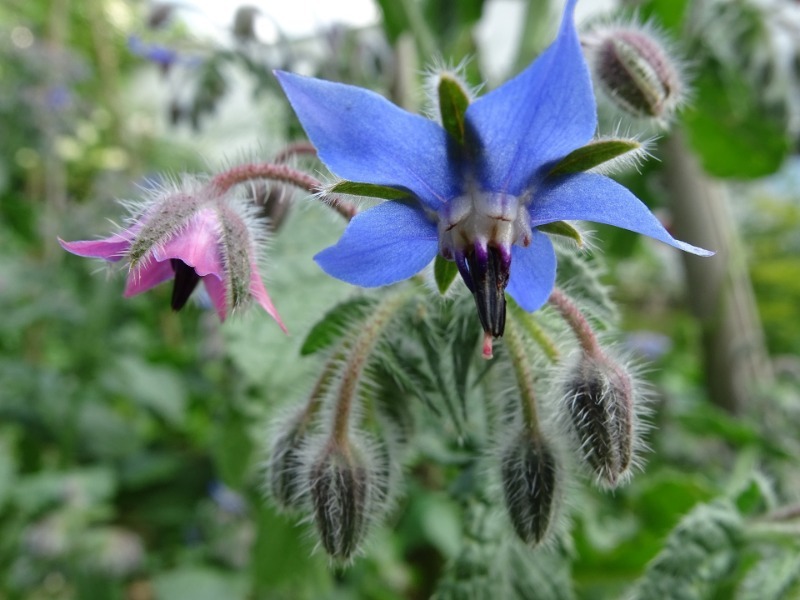
A very interesting plant, which tastes and smells like cucumber and green onions. Its peculiarity is that all parts of the plant can be eaten. The leaves are added to soup and salad, the roots are used in the preparation of cheese, butter, various wines and syrups. Blanched shoots will diversify the taste of the side dishes, and borage flowers can be eaten in any form: candied, fresh and dry.
Borago, as this plant is also called, is very useful for the human body. It contains many vitamins. It promotes weight loss and is used in cosmetology. Borage is not picky about soil and care, it grows in any conditions.
